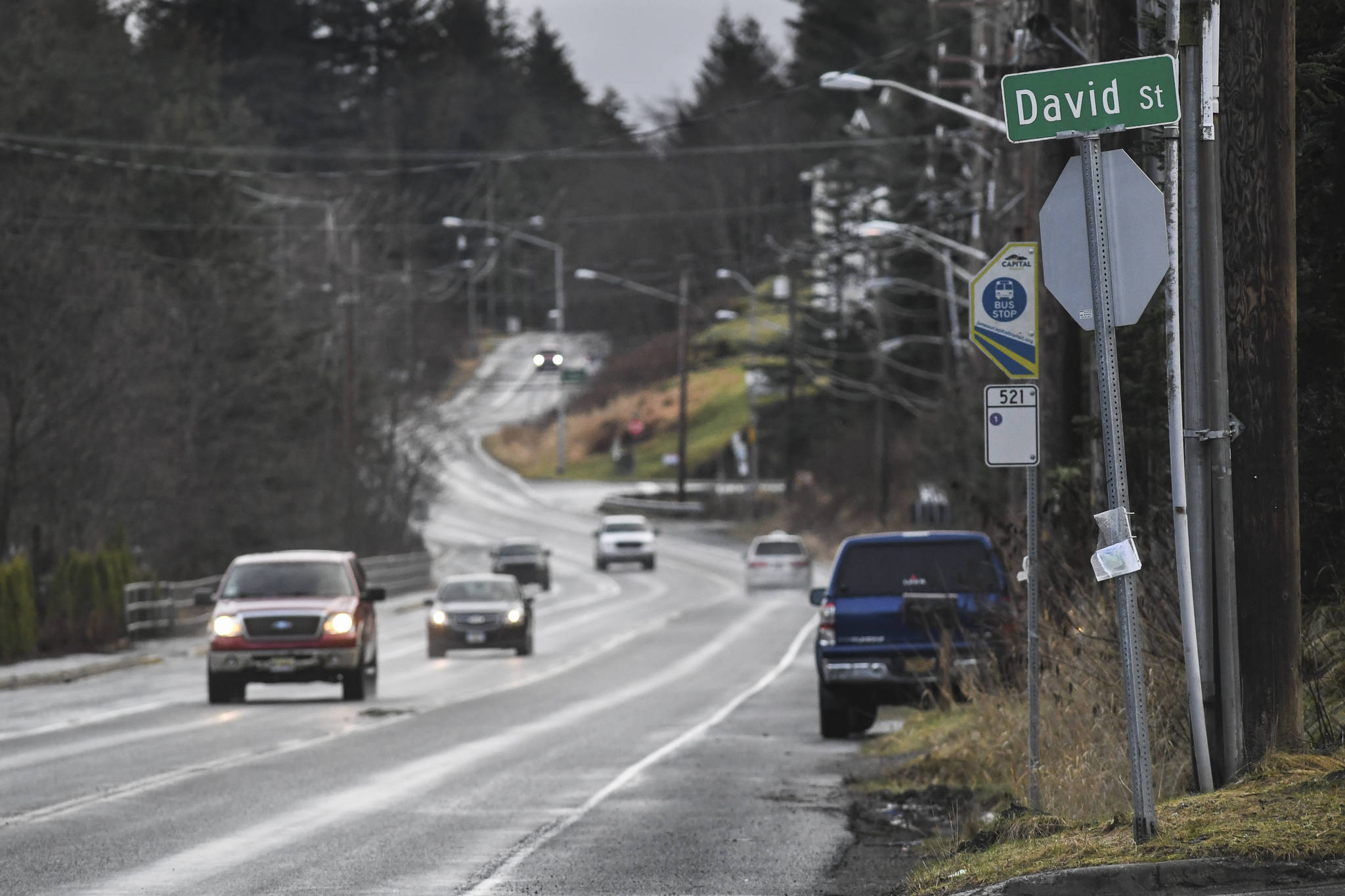This summer’s work on Douglas Highway is getting a bigger, longer sequel next year.
A project to replace nearly a mile of aging water system within the highway is targeted for funding from a $4 million loan, according to the Alaska Department of Environmental Conservation. The loan comes from a state fund that receives Environmental Protection Agency support, according to the EPA and DEC.
“Take last year’s project and make it a little bit longer and essentially, that’s the scope of it,” said John Bohan, chief engineer and water superintendent for the City and Borough of Juneau.
Bohan said the water system was installed in 1980, and it’s been the site of breaks in the past. Also, by doing the work now, Bohan said the project will be done before Alaska Department of Transportation and Public Facilities resurfaces the road in the coming years.
[Douglas repaving project is in the works]
The Douglas Highway work consists of replacing 5,200 feet of the water system within the Douglas Highway from the David Street intersection to Crow Hill pump station, according to the project description included in the plan.
Bohan said since the project will be further from Douglas Bridge, it will likely have a less noticeable impact on traffic.
Plus, he said the plan is to try to keep at least one lane of traffic moving at all times.
The Juneau project is listed as a priority for the second quarter of fiscal year 2020 for the Drinking Water State Revolving Fund, according to DEC’s Division of Water. It has an estimated start date of April 1, 2020, according to the fund’s second quarter intended use plan.
“We’re hoping to start as soon as weather allows in the spring and work straight through fall,” Bohan said.
The $4 million loan listed for the project would come from the state’s Drinking Water State Revolving Fund.
The revolving fund, like the similar Clean Water State Revolving Fund, is a federal-state partnership that provides financial support to water systems, according to the EPA.
The wastewater fund and the drinking water fund are both DEC loan fund programs that offer low-interest loans to Alaskan municipalities and other qualified entities for financing water projects, according to DEC.
[Traffic jam holds up police response, contractor avoids fine]
The EPA supported the funds with a $9.5 million grant to planned wastewater project and an $11 million grant for the drinking water fund, according to the EPA.
About $28.7 million is expected to spent on drinking water projects from their respective fund and $56 million on wastewater, according to the EPA.
Other projects targeted for funding next year include $1.33 million to Haines Borough to replace about 2,900 feet of aging, deteriorating asbestos cement pipe and $12.9 million to Bristol Bay Borough for the second phase of sewer system improvements.
• Contact reporter Ben Hohenstatt at (907)523-2243 or bhohenstatt@juneauempire.com. Follow him on Twitter at @BenHohenstatt

